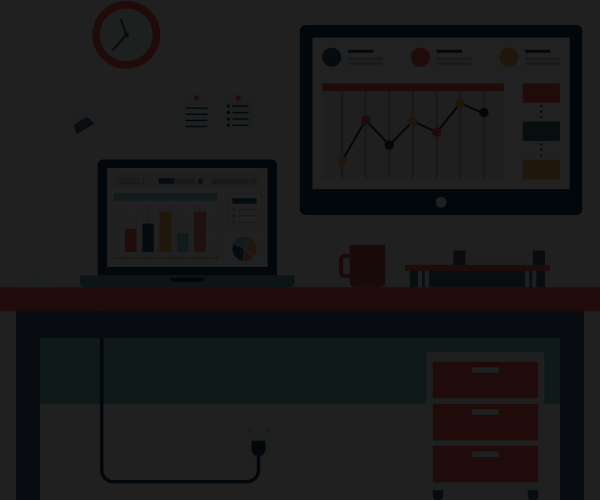In the past, I never managed to build a web site and feel happy with the process. Every time I finished building a web site I would have a list of things to never do again. Until now! So, I thought I’d share.
First, by web site I mean content, like watuapp.com or screensaver.ninja, I don’t mean a web app. I’m happy with how I build web apps although I’m constantly improving and learning and trying new things. When it comes to content, you have to balance some opposing forces:
- It should look amazing.
- It should be flexible.
It should look amazing because it’s going to be compared to the ones produced by expert teams of designers at tech companies and if your web site is not indistinguishable from those, your web site will be perceived as unprofessional and as a result, so will you and your product.
I had web sites that looked very good. A graphic designed was hired to produce a pretty illustration of the web site and then a coder turned that picture into HTML and CSS. New pages were created by hand-coding them in HTML. The process of setting up the web site initially was ok, but after that, the workflow was horrendous.
Changes to the web site would come from non-coders, like the CEO, people in marketing or sales, copywriters, and they would be given to a developer to execute. Then we would have to prioritize between improving our web site or improving our product. Almost always product wins… only when the web site got the point of being embarrassingly out-of-date or broken we would consider doing something about it. This situation is annoying and frustrating for both developers and content generators.
The way to solve it is with a Content Management System, where things get flexible. With a CMS suddenly anyone with a browser and the right access can edit the site, add new pages, correct typos, add a FAQ, change a title, write a new blog post, etc. It’s as easy as Microsoft Word and the output is as generic, boring and bland as that of your average Word document. It might be ok for text files, but on the web, that screams unprofessional.
The problem is a tricky one. You might think there’s a nice separation between design and content but that isn’t true. A content writer might decide to have only one column of text instead of two because there’s not enough copy. But the difference between one and two columns is a big one when it comes to design. The content might call for a picture or even worst, a drawing. The design establishes the palette and style of that drawing.

I just finished rebuilding the web site for Screensaver Ninja and for the first time I’m happy with the result. Not only how it looks, but the amount of work and funds require as well as the flexibility and workflow going forward.
The CMS we are using is WordPress and we host it at wpengine, which I really recommend. Not the cheapest, but if you care about your web site and you can afford it, you should go there.
One potential approach to having a beautiful site would be to go to 99designs and run a contest for a WordPress theme. My hesitation is around the flexibility of the result. Will the new design be completely hard-coded or will I be able to change the copy? What about changing more involved aspects like the amount of columns or images. I’m not sure and asking around did not reach any useful answers. If you have taken this approach, would you mind sharing how it works with me?
The approach we took was to use a very flexible and advance WordPress theme called X. We chose one of their many templates for a page that we felt would match our current branding and the message we wanted to communicate. We proceeded to fill it up with our own copy following this tenets:
- Change as little as possible.
- Ignore all images, just leave them blank.
Once copy was done, we hired a designer through a freelancing marketplace and ask her to produce images to fill in the blanks. We showed her our web site with the blank images as well as the original template with sample images and asked her to keep the style and palette. We provided some ideas for the images and she came up with some as well. After a couple of iterations we had all the needed images.
And that’s it. That’s how we produced that site. Yes, it’s possible that out there there are other sites that look exactly the same, but it’s not a big issue. It’s like worrying that somewhere out there there’s someone with the same t-shirt as you. The chances of you two being seen by the same person in a short period of time is small and even if that happens, whether the t-shirts fits you or not is more important. Nobody will care about your originality of clothing if they look horrible and the same goes for your web site.
Next time i have to build a web site for a product, I’ll do this exercise again and I recommend it to all entrepreneurs that are working in a small company and need to be efficient.

